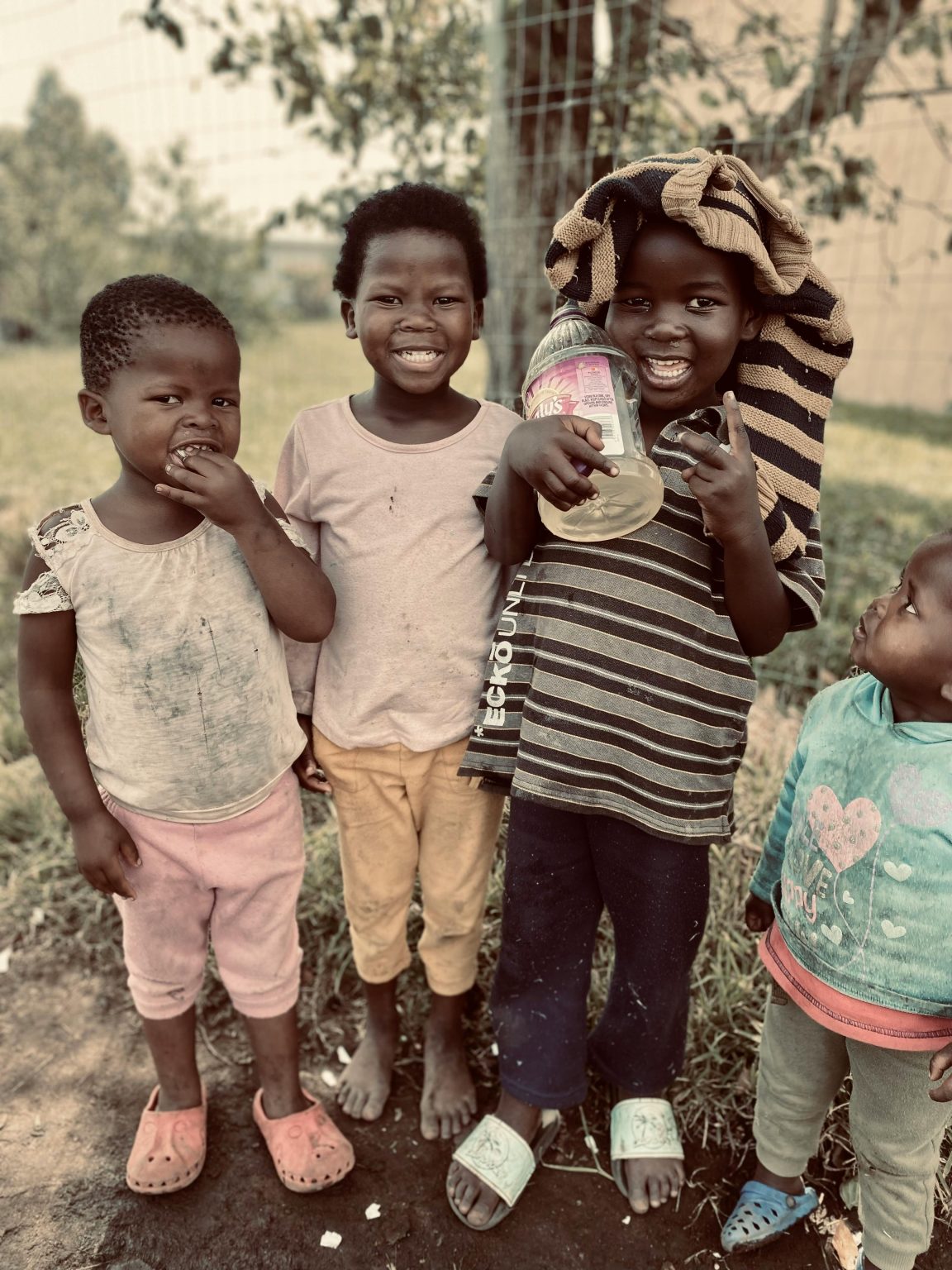As the world celebrated the first-ever International Day of Play on the 11th of June 2024, I reflected on my childhood in rural Africa. I have fond memories of spending evenings herding my father’s cows and playing traditional games with my cousins. During the rainy season, we would slide down small ant hills, shouting with joy……Huurrrrraaayyyy! as we rolled down the slippery slopes. Our laughter echoed across the valleys, joining the merry sounds of other children playing nearby. However, time always seemed to slip away quickly, and before we knew it, our mothers were calling us to come and milk the cows.
The voices of our mothers brought us back to reality. On the reality that we were dirty, and our clothes were soaked in mud. We had to quickly think of how to sneak home and remove our muddy clothes before we got into trouble. The trick was to always put your jackets aside when sliding so that you use it later to cover the muddy clothes. Somehow, we survived, but even punishment couldn’t stop us from experiencing the magic of childhood play. Play taught us to be imaginative. It breathed new life into us… It gave us energy after long days on the farm during the weekends or from school during the weekdays. One thing that still amazes me is how we could easily adapt to different games in different seasons and how it spread from one village to another like wildfire.
As I celebrated the International Day of Play, I reflected on how my childhood play was so exciting and impactful and how today’s parents can support their children amidst their busy schedules, and in an era where technology is gradually taking the fore. Below are some of my reflections.
Be deliberate in creating time for play
Drawing from our rich African cultural heritage, Africa parents have unique and powerful role in creating an environment where play is valued and prioritized. There is a need to be deliberate about this. Ensuring that children have enough time to play isn’t just about scheduling activities or buying toys. It’s about creating a safe environment where play is encouraged, and this doesn’t mean transforming your home into a chaotic mess of toys as well. In our village, the entire outdoors served as a playground, from muddy paths to open fields, every corner offered an opportunity for exploration and play. In some modern homes, we can create a cozy corner filled with traditional games and materials that spark curiosity and creativity.
Are We Losing Our Traditional Games?
Rich African traditional games were passed down through generations. These games not only provided fun but also taught important life skills. Encouraging our children to play these games helps them connect with their cultural heritage while developing critical thinking and social skills. There is a need to embrace the traditional games while appreciating the use of technology. The challenge is how do we ensure that we do not lose these rich games that traditionally taught our children important values and life skills.
Engaging in play together
During one of my conversations with a parent in the rural parts of Kenya, we were having a discussion on how important play is and how we as parents need to immerse ourselves in children’s play. The parent told me that play is for children and that playing with children is perceived as lack of maturity in their community. ‘’Children should just play alone’ she said while laughing. While independent play is crucial, engaging in play with our children is equally important. These moments create bonds and provide opportunities for us to guide and model positive behaviors. I cherish the evenings when we gather as a family to tell stories under the stars or dance to music. Through these shared experiences, we create memories and strengthen our family ties. The challenge is how do we change this mindset and encourage parents to immerse themselves in children’s play without feeling ‘Childish’.
Encouraging creativity with locally sourced materials
In many parts of Africa, toys are made from natural and recycled materials. This fosters creativity and resourcefulness in children. Children should be encouraged to make their own toys. Nowadays, every toy is bought, even in rural areas. During our time, we could make a beautiful football using old rags and ropes, and they were durable too. These activities not only provide hours of fun but also teach valuable lessons about sustainability and innovation. They also encourage collaboration, critical thinking, and communication as children come together to develop these materials.
The lasting impact of play
It is important to remember that play is not just a way to pass time; it’s a critical part of childhood development. It fosters creativity, builds social skills, and nurtures emotional well-being. By prioritizing play, we are investing in our children’s futures, equipping them with the tools they need to navigate the world with confidence and joy. Governments should be deliberate in safeguarding play spaces for children as this is one of their fundamental rights. Let’s ensure that play remains a cornerstone of childhood, one magical moment at a time. Indeed, the International Day of Play was worth celebrating.






